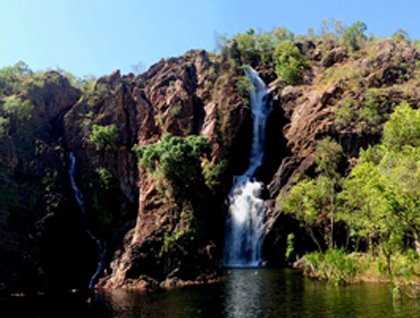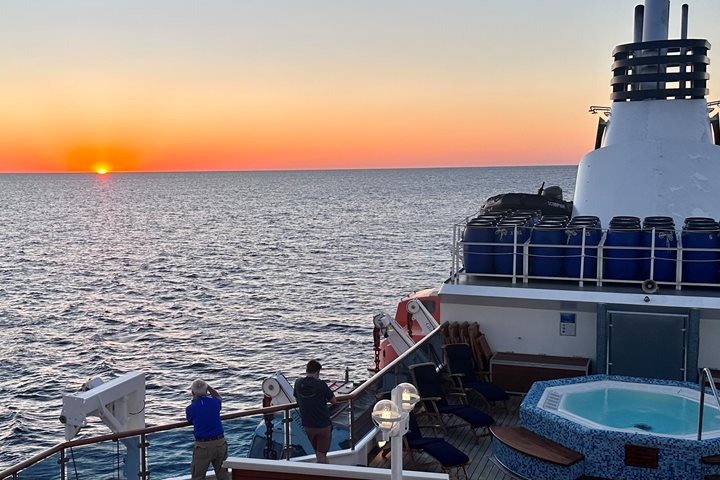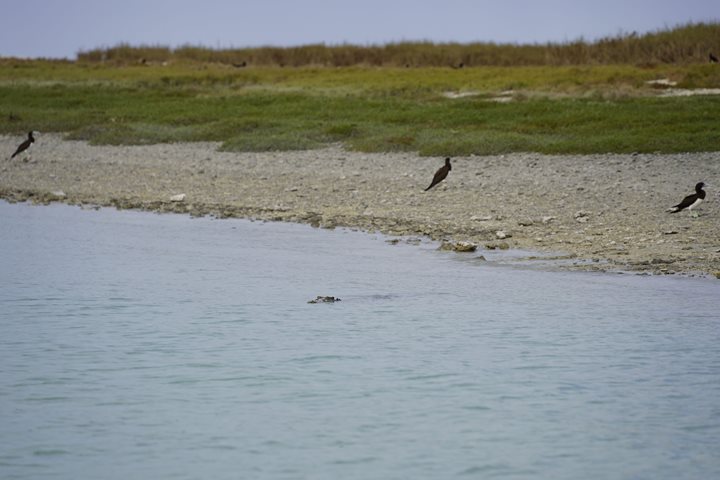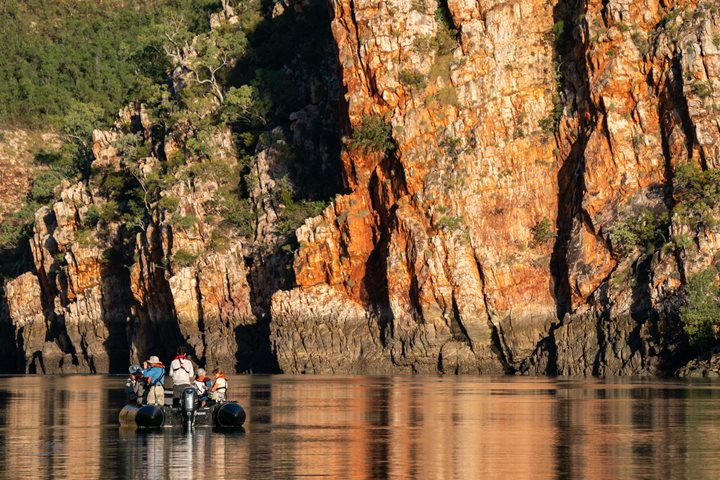“I love those who can smile in trouble...” Leonardo da Vinci.
The first day of our journey was marked by some adjustments due to a powerful volcanic eruption on an isolated island close to Sumbawa, Indonesia. In high spirits and with the knowledge that if we did not sometimes taste adversity, prosperity would not be so welcome, we boarded our intrepid Zodiacs. Leaving the comfort of our beautiful ship the National Geographic Orion, we embarked on our first adventure ashore, a road trip that led us to a refreshing swim at Wangi Falls in Litchfield National Park.
Proclaimed a national park in 1986, Litchfield NP covers roughly 1,500 square kilometers on the Central sandstone plateau in Australia’s Northern Territory. Located 100 kilometers southwest of Darwin, this region supports rich woodland and flora communities, dominated by species including the Darwin woollybutt and stringybark, as well as banksias, grevilleas, kapoks, and a wide variety of other woodland species.
Litchfield is also a habitat for hundreds of native bird species. Black kites and other birds of prey are common during the dry season. We also spotted colorful red-winged parrots, blue-winged kookaburra and double-barred finches. Other common wildlife species include the antilopine wallaroo, agile wallaby, sugar glider, Northern brushtail possum, black flying foxes, little red flying foxes, and dingoes.
On our way to the falls, we briefly stopped at the famous magnetic termite mounds. These extraordinary structures are built by thousands of termites with a north-south orientation, aligned with the sun to balance the mound's internal temperature and ensure the optimum conditions are maintained.
After returning to the National Geographic Orion, we were surprised by refreshing sunset cocktails served on the sun deck. Navigating through calm seas toward East Timor, we relaxed and began anticipating our next adventure on this exciting Kimberley expedition.







